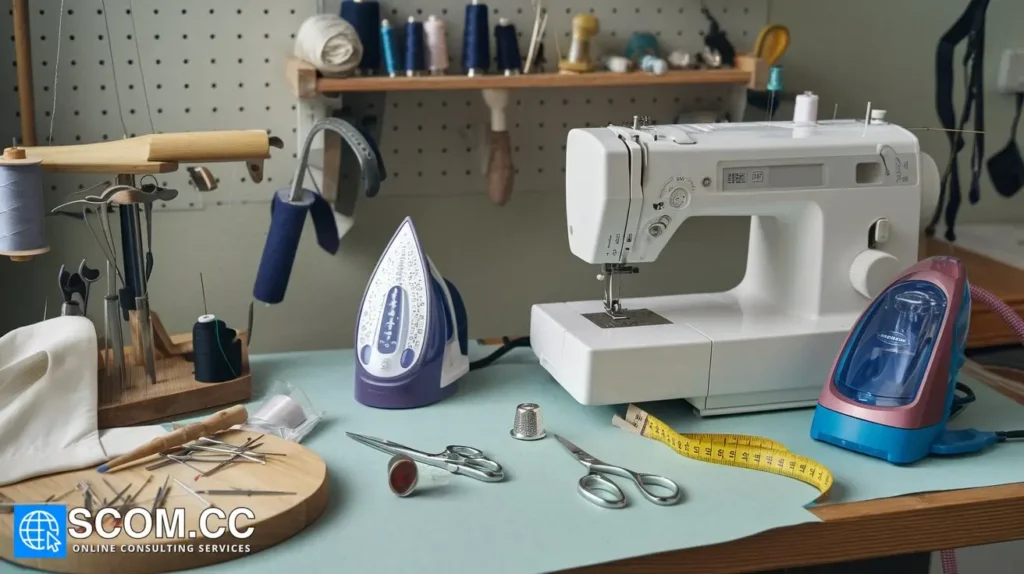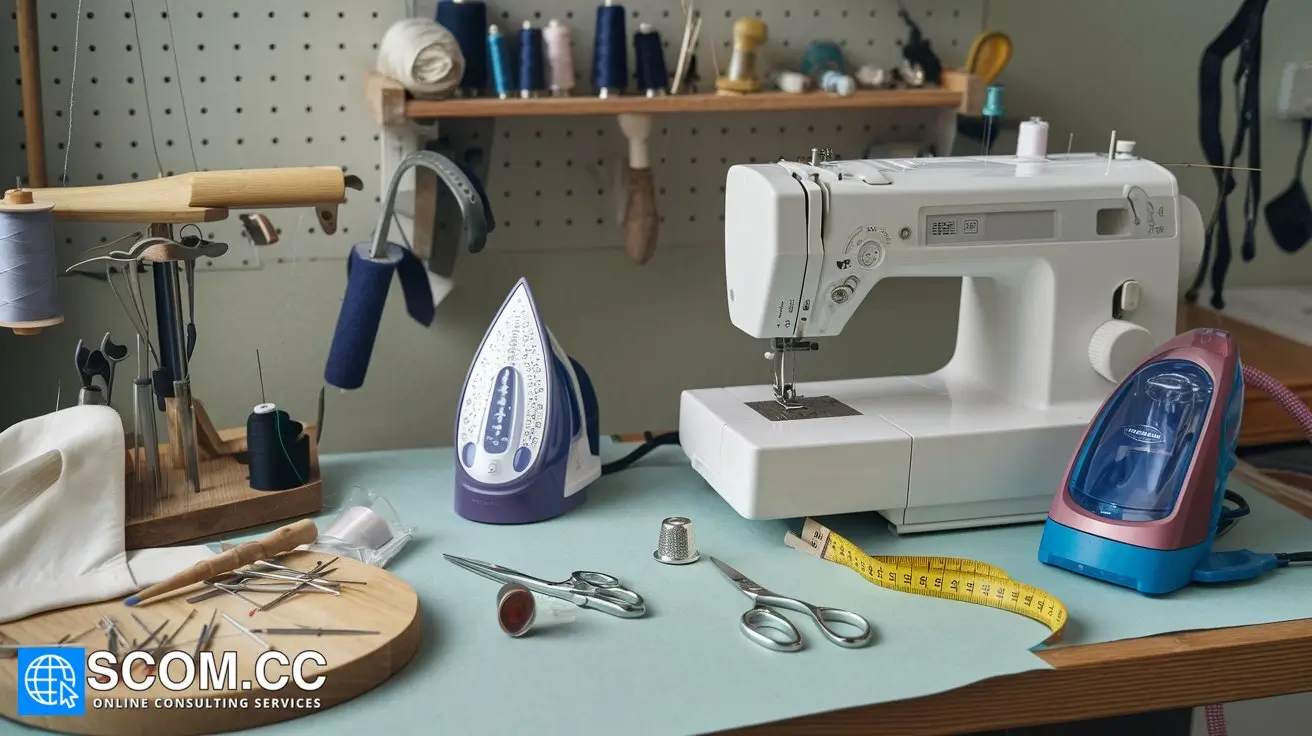How to Care for and Maintain Your Tailoring Tools

- How to Care for and Maintain Your Tailoring Tools
- 1. Understanding Your Tailoring Tools
- 2. Proper Cleaning Techniques for Scissors and Shears
- 3. Maintaining Tailor's Chalk and Marking Tools
- 4. Care and Maintenance of Measuring Tapes
- 5. Preserving the Integrity of Needles and Pins
- 6. Maintaining Your Iron and Pressing Tools
- 7. General Storage Tips for Tailoring Tools
- 8. Conclusion
How to Care for and Maintain Your Tailoring Tools
In the world of tailoring, maintaining the quality and functionality of your tools is as crucial as mastering the craft itself. Whether you're a seasoned tailor or a hobbyist, proper care for your tailoring tools not only ensures their longevity but also enhances the precision and quality of your work. This comprehensive guide will delve into the essential practices for caring for and maintaining your tailoring tools, offering expert tips and insights to help you keep your tools in optimal condition.
1. Understanding Your Tailoring Tools
Before diving into the specifics of maintenance, it's essential to understand the different types of tailoring tools you might use. Common tailoring tools include:
- Scissors and Shears: Essential for cutting fabric with precision.
- Tailor's Chalk: Used for marking fabric.
- Measuring Tapes: For accurate measurements.
- Needles and Pins: Vital for holding fabric pieces together.
- Iron and Pressing Tools: For pressing and shaping fabrics.
Each tool has its specific maintenance needs, and understanding these requirements is the first step in effective care.
2. Proper Cleaning Techniques for Scissors and Shears
Scissors and shears are perhaps the most critical tools in tailoring. Keeping them sharp and clean is essential for precise cutting.
2.1 Regular Cleaning
After each use, clean your scissors or shears to remove any fabric fibers or adhesive residues. Use a soft, damp cloth to wipe the blades. For stubborn residues, a mild soap solution can be used. Ensure that the blades are completely dry before storing them to prevent rust.
2.2 Sharpening
Scissors and shears should be sharpened regularly to maintain their cutting efficiency. Invest in a high-quality sharpening stone or a professional sharpening service. For home sharpening, use a scissors sharpener designed for the specific type of blades you own. Always follow the manufacturer's instructions to avoid damaging the blades.
2.3 Lubrication
Lubricate the pivot point of your scissors or shears with a few drops of machine oil or sewing machine oil. This practice helps maintain smooth operation and prevents rust.
3. Maintaining Tailor's Chalk and Marking Tools
Tailor's chalk and other marking tools are used to make temporary marks on fabric. Proper care ensures clear, accurate markings and extends the life of these tools.
3.1 Storage
Store tailor's chalk in a dry place to prevent it from becoming too brittle. Avoid exposing it to moisture or extreme temperatures, which can affect its performance. For markers and pens, ensure they are capped tightly to prevent drying out.
3.2 Cleaning and Refilling
For chalk holders, occasionally clean the interior to remove any chalk dust. If using refillable markers, replace the ink or chalk as needed to ensure consistent performance.
4. Care and Maintenance of Measuring Tapes
Measuring tapes are vital for accurate measurements. Proper care ensures they remain precise and durable.
4.1 Cleaning
Wipe your measuring tape with a soft, damp cloth to remove dirt and grime. Avoid using harsh chemicals or immersing the tape in water, as this can damage the tape and affect its accuracy.
4.2 Storage
Store your measuring tape in a protective case to prevent it from getting scratched or tangled. Ensure the tape is fully retracted and stored flat to maintain its shape and accuracy.
5. Preserving the Integrity of Needles and Pins
Needles and pins are small but essential tools. Proper care ensures they remain sharp and effective.
5.1 Cleaning
Clean needles and pins with a dry cloth to remove any fabric fibers. For stubborn residues, use a cotton swab dipped in rubbing alcohol. Ensure they are completely dry before storing.
5.2 Storage
Store needles and pins in a dry, airtight container to prevent rust and damage. Keep them organized to avoid accidental punctures or injuries.
6. Maintaining Your Iron and Pressing Tools
Iron and pressing tools are crucial for achieving professional finishes on your fabric. Regular maintenance keeps them in top condition.
6.1 Cleaning the Iron Plate
Clean the iron plate regularly to prevent residue build-up. Use a cotton cloth and a mixture of baking soda and water to scrub away any stains or residues. Ensure the iron is unplugged and completely cool before cleaning.
6.2 Descaling
If you use your iron frequently, it may develop limescale. Use a descaling solution or a mixture of equal parts vinegar and water to remove the scale. Follow the manufacturer's instructions for the best results.
6.3 Checking and Maintaining Steam Function
Ensure the steam function is working properly by periodically testing the iron. If the steam vents become clogged, use a needle to clear them gently. Regularly empty the water reservoir to prevent stagnant water from causing odors or damage.
7. General Storage Tips for Tailoring Tools
Proper storage of your tailoring tools extends their lifespan and ensures they remain in optimal condition.
7.1 Avoid Humidity
Store your tools in a dry environment to prevent rust and deterioration. Humidity can cause significant damage to metal tools, so use silica gel packets or dehumidifiers if needed.
7.2 Use Protective Cases
For delicate tools like needles and pins, use protective cases or containers to avoid accidental damage. Scissors and shears should be stored with their blades protected to prevent nicks and rust.
7.3 Regular Inspections
Periodically inspect your tools for any signs of damage or wear. Address any issues promptly to prevent further damage and maintain the efficiency of your tools.
8. Conclusion
Caring for and maintaining your tailoring tools is essential for ensuring their longevity and effectiveness. By following the detailed practices outlined in this guide, you can keep your tools in top condition, ultimately enhancing the quality of your tailoring work. Regular cleaning, proper storage, and routine maintenance will contribute to the efficiency and precision of your tools, making your tailoring process smoother and more enjoyable.

To explore more about tailoring, visit our Blog of Tailoring. If you have any questions or need assistance, go to our contact page. Additionally, you can find more information about tailoring and consulting at this tailoring and consulting portal.

Leave a Reply